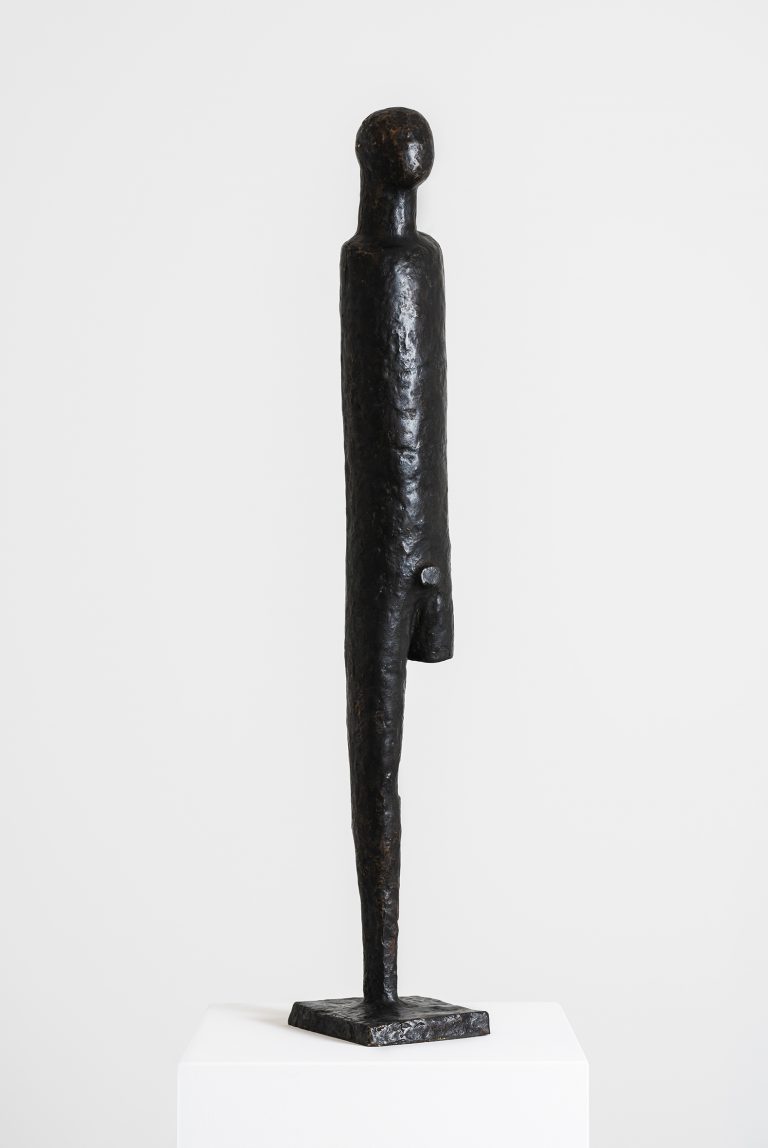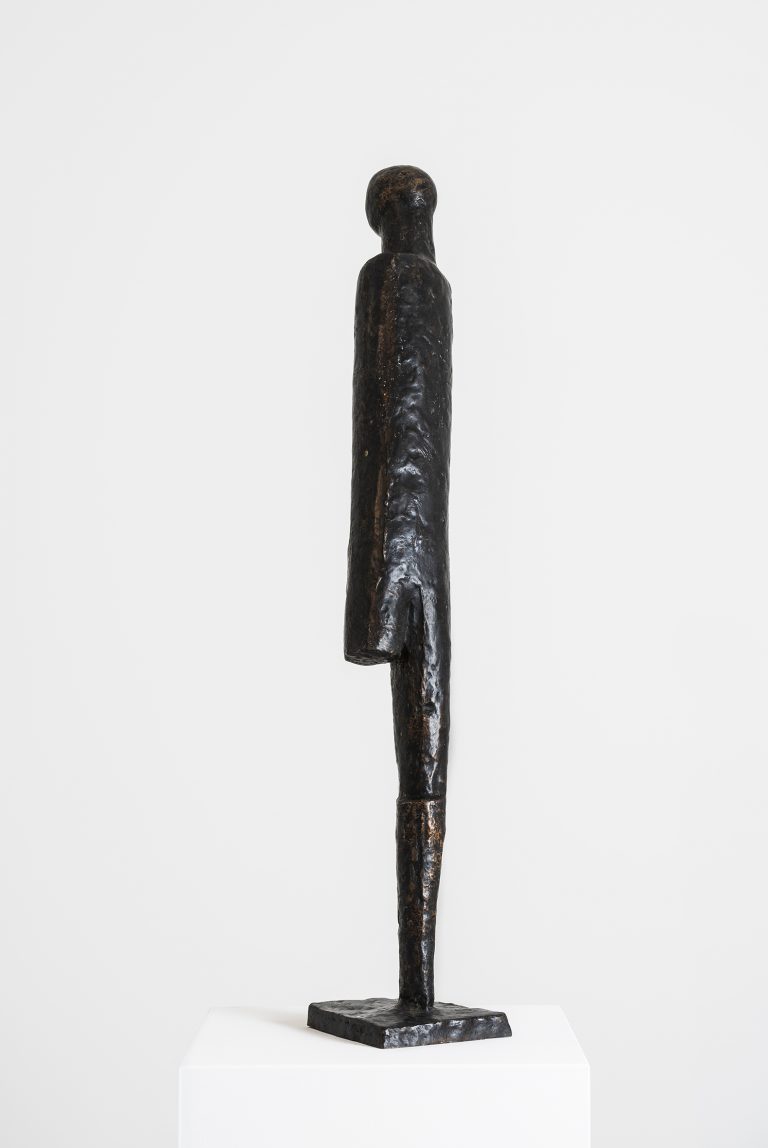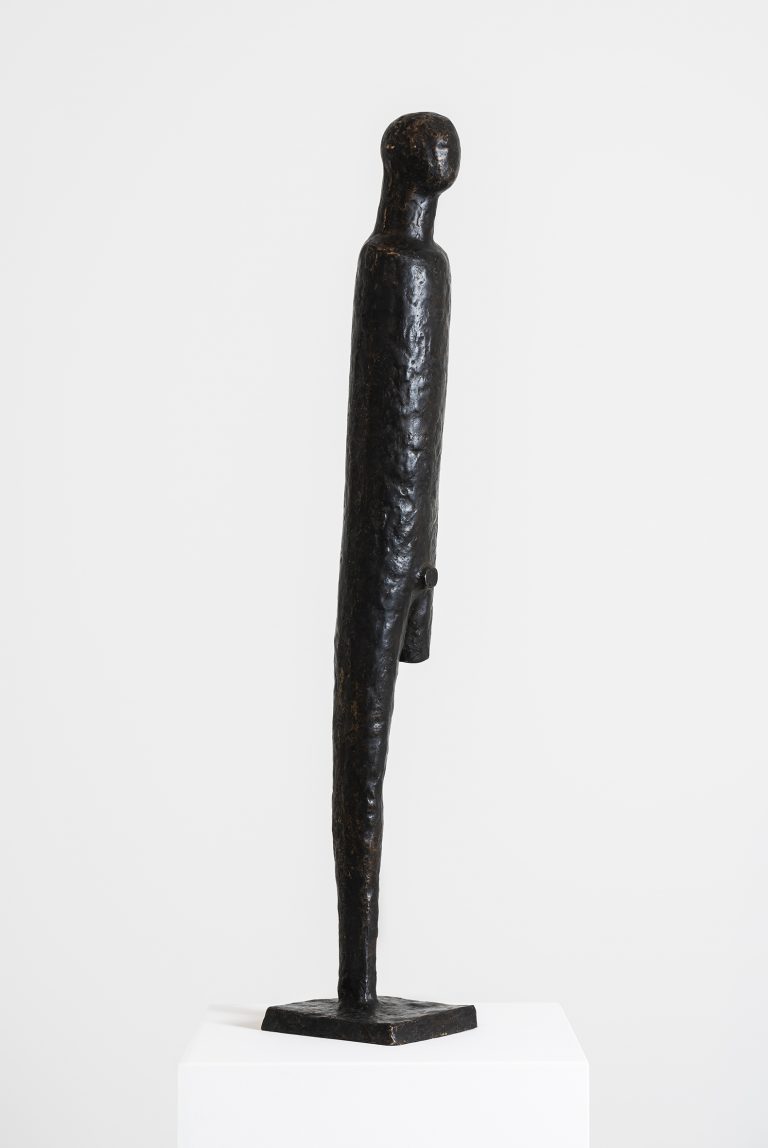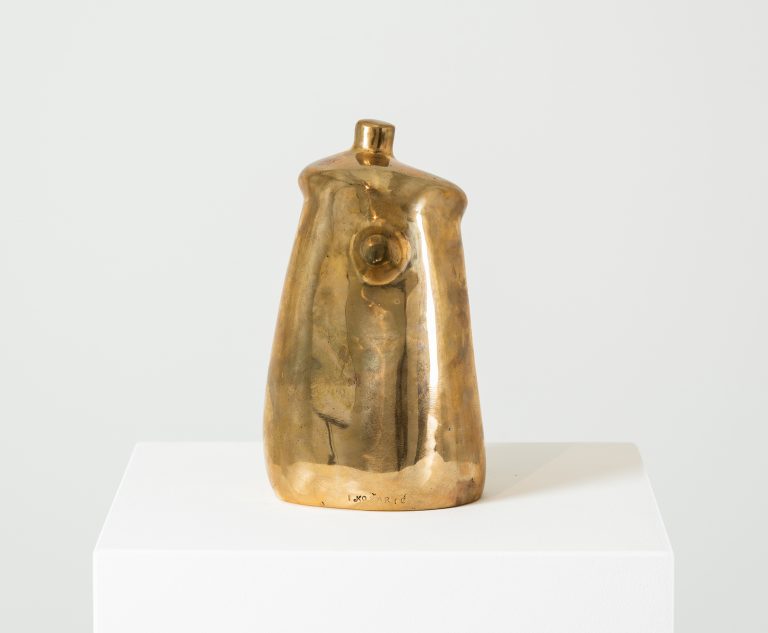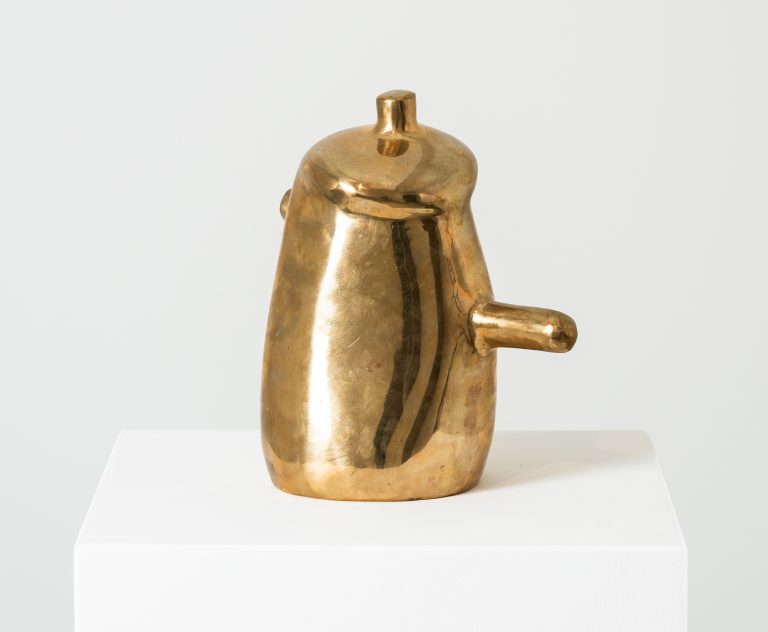Ivan Kožarić
Sculpture and Drawing
Kožarić’s figures and portraits are above all fresh outbursts of his sculptural sensibility – almost undisturbed, exceptionally tender and fanciful. […] Kožarić speaks, narrates, fantasizes, sings, fears, and rejoices, touches delicately, squeezes nervously, and declines things with open palms and spread fingers. His sculptures are neither fragments nor momentary impressions, otherwise the author would repeat himself from time to time without being so attracted by the continuous rhythm contained in the details of some silhouettes. We should observe that these figures have not grown easily under his fingers and we can certainly assume that he would unwillingly part with them.
Radoslav Putar, 1955
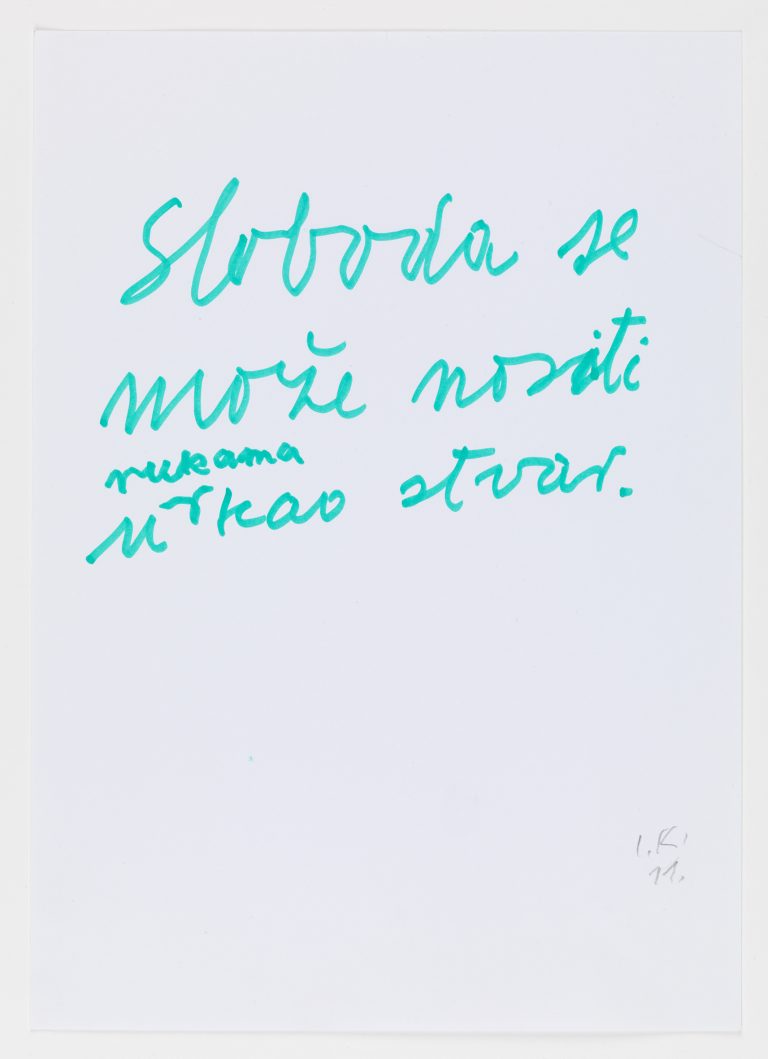
Ivan Kožarić, Freedom can be carried in your hands as a thing, 2011. Private collection, Zagreb and Gregor Podnar, Berlin. Photo: Jaka Babnik
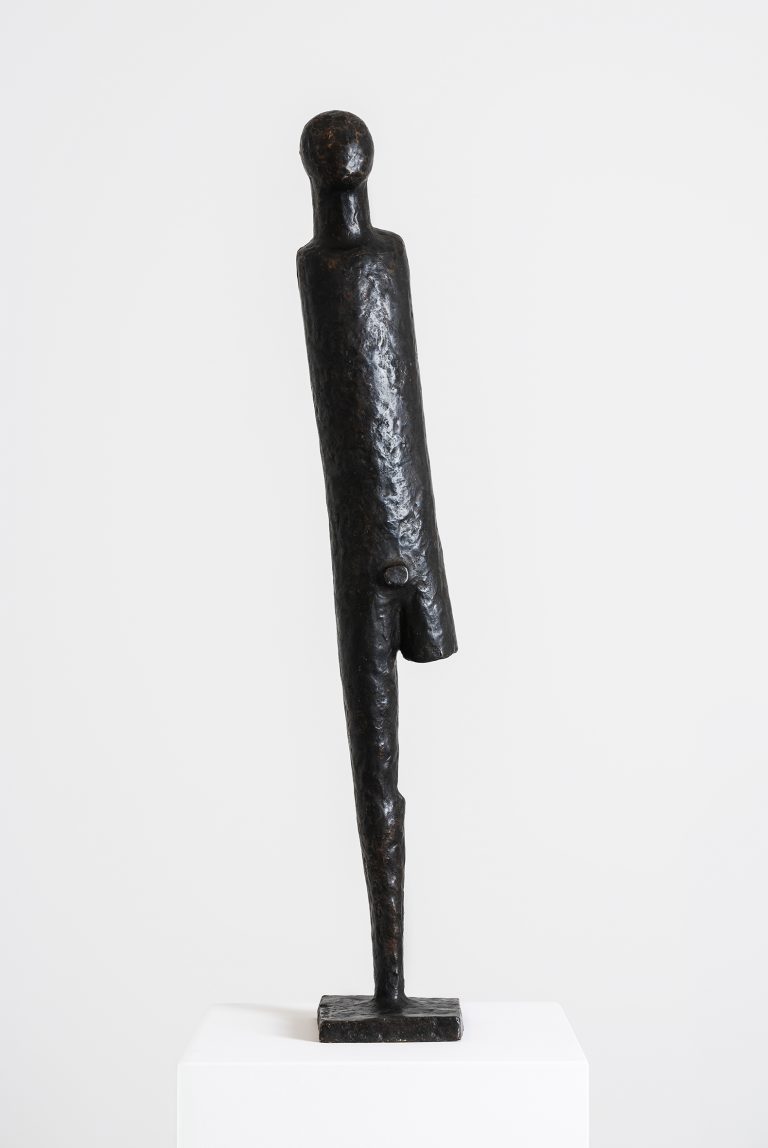
Ivan Kožarić, Figure, 1956. Private collection, Zagreb and Gregor Podnar, Berlin. Photo: Jan Hecl
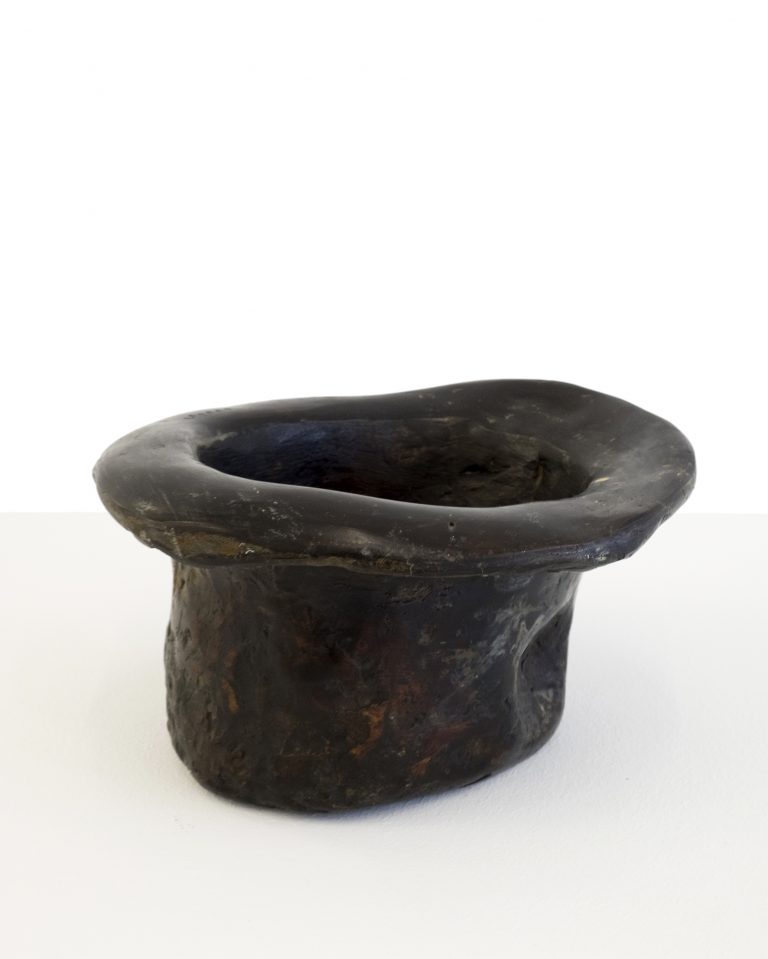
Ivan Kožarić, Hat, 2007. The artist estate, Zagreb and Gregor Podnar, Berlin. Photo: Žarko Vijatović
Gregor Podnar is pleased to present the second exhibition celebrating the legacy of recently deceased Croatian artist Ivan Kožarić (1921 – 2020). Perhaps most renowned as a sculptor, since his artistic beginnings and until recent years, Kožarić worked in a variety of media, creating a powerful body of work that spans from permanent and temporary sculptures, installations, and urban interventions, to assemblages, proclamations, photographs, and paintings. With constant variation and transformation of his practice, Kožarić thus created an opus in which curiosity, spontaneous encounters, and change, gave form to often unexpected configurations and compelling works permeated with ambiguity and an exploratory zest.
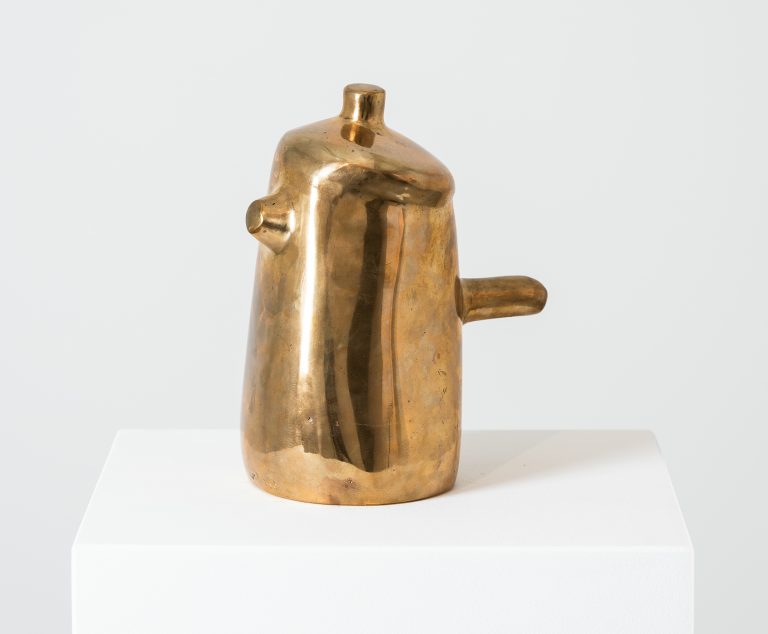
Ivan Kožarić, Kettle, 1972, The artist estate, Zagreb and Gregor Podnar, Berlin. Photo: Jan Hecl
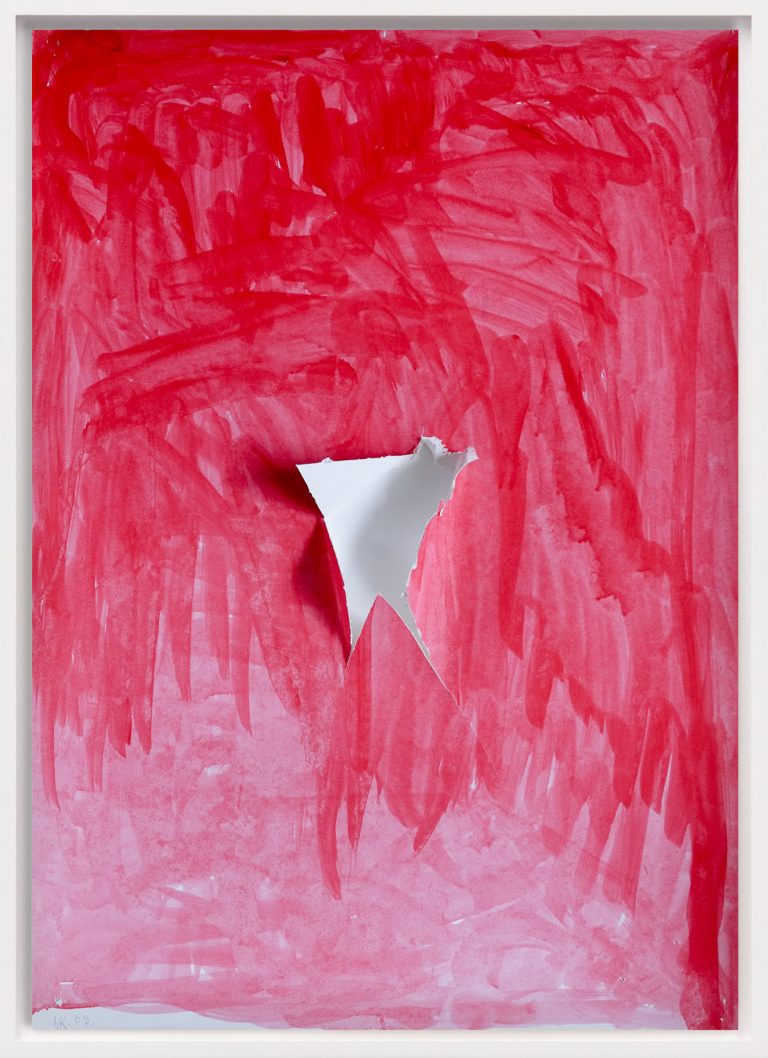
Ivan Kožarić, Untitled, 2009. The artist estate, Zagreb and Gregor Podnar, Berlin. Photo: Marcus Schneider
Inspired by the modernist stylistic framework, however subtly subverting any formalist determinants, his early figurative sculptures point to Ivan Kožarić’s pursuit of a range of different expressive approaches and his search for artistic freedom, which from 1959 to 1966 coincided with his participation in the Zagreb- based Gorgona group. Notably, and as early as the late 1950s, Kožarić was a pioneer of depicting the negative space of shapes with his Inner Eyes (1959) and Shape of Space (Remembering the Flood) (1964) amongst others.Even until his later years, his ongoing investigations continually examined ideas surrounding sculpture in a fascinating and intriguing way that cannot be grasped purely by thought, but can be interpreted in terms of approach. Despite modest international exposure and recognition in comparison to his peers, Julije Knifer, Mangelos (Dimitrije Bašičević), significant achievements of Kožarić’s career were the retrospective exhibition Freedom Is a Rare Bird, Haus der Kunst, Munich (2013) and Documenta 11, Fridericianum, Kassel (2002).
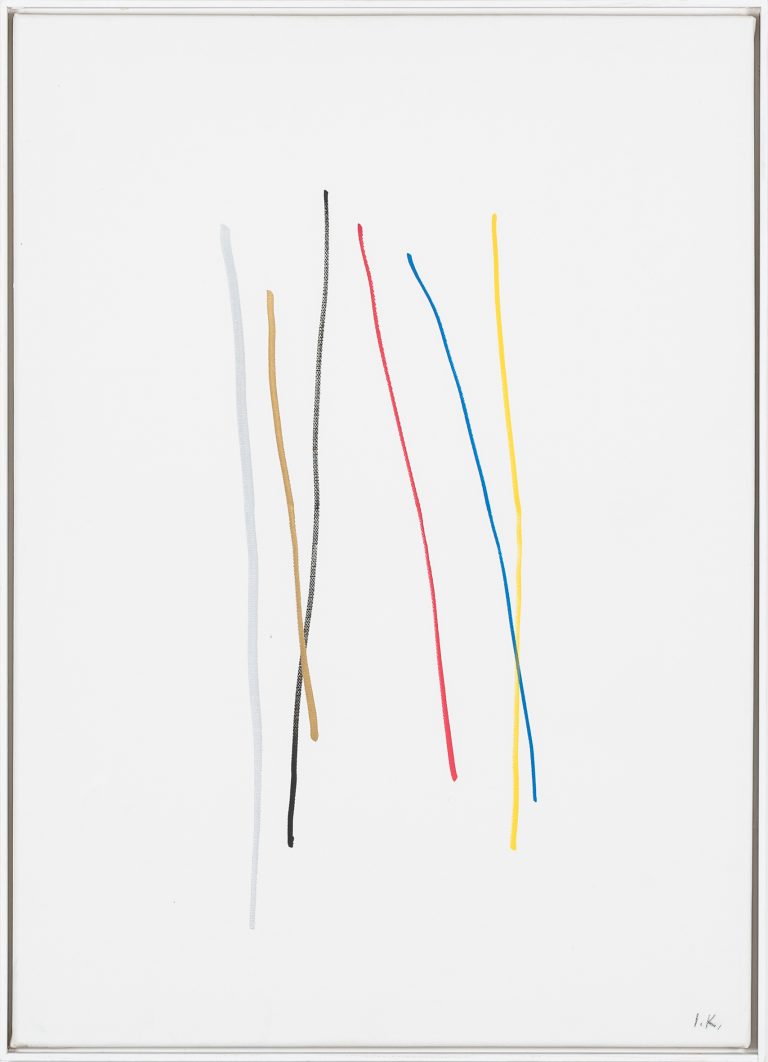
Ivan Kožarić, Untitled, 2010-2013. Private collection, Ljubljana and Gregor Podnar, Berlin. Photo: Jan Hecl
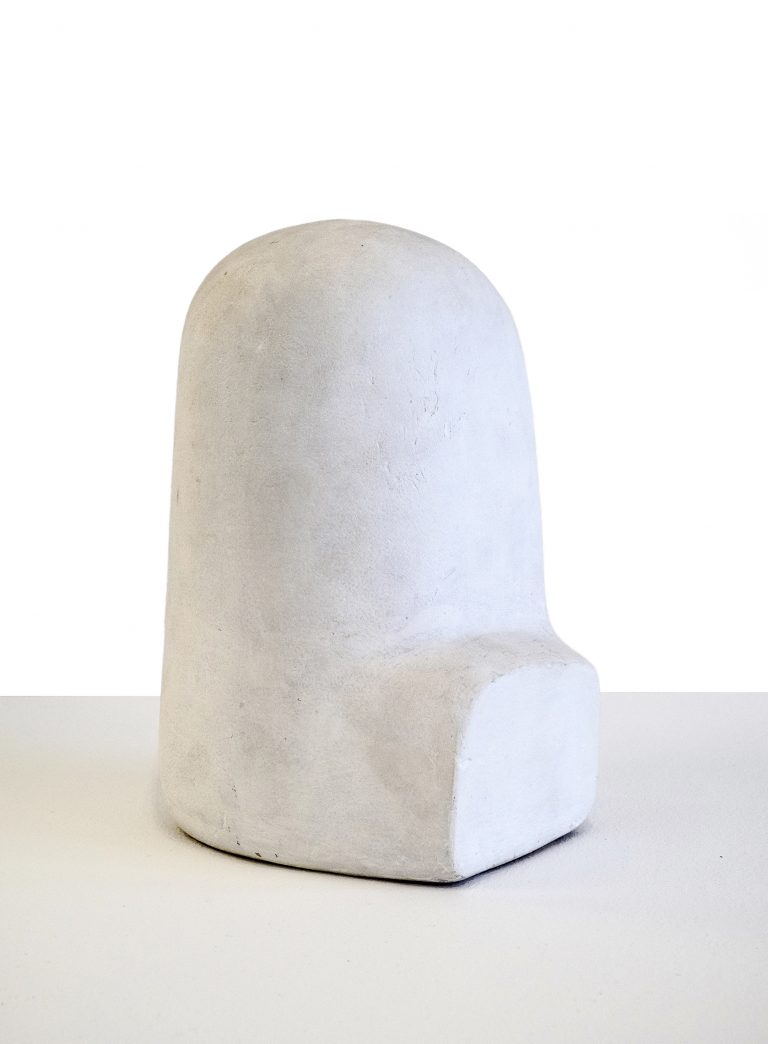
Ivan Kožarić, Head, 1963. The artist estate, Zagreb and Gregor Podnar, Berlin. Photo: Žarko Vijatović
The exhibition has been made possible with support by NEUSTART KULTUR and Stiftung Kunstfonds.
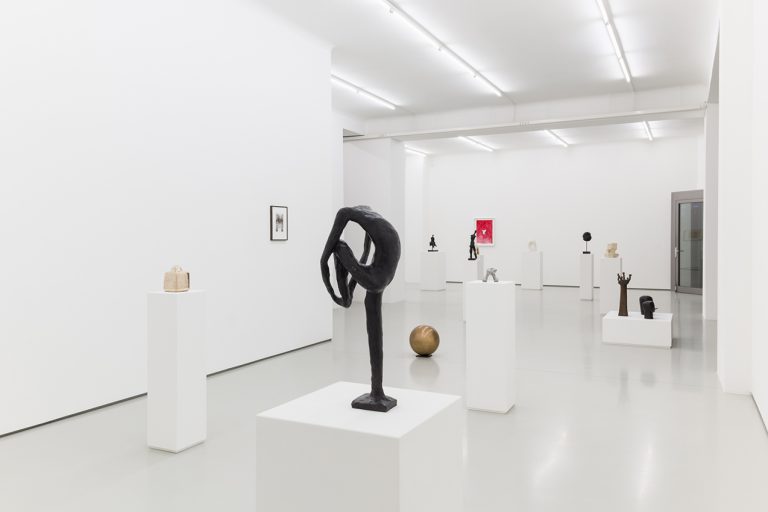
Ivan Kožarić, Sculpture and Drawing. Installation views at Gregor Podnar, Berlin, 2021. Photos by Marcus Schneider
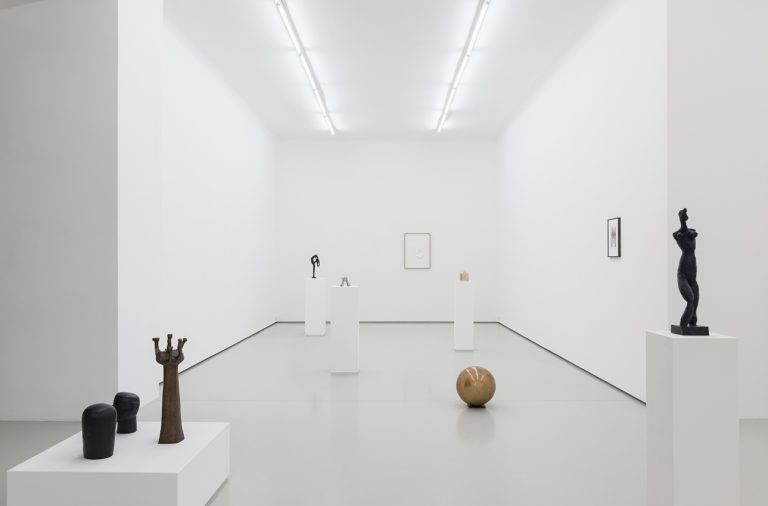
Ivan Kožarić, Sculpture and Drawing. Installation views at Gregor Podnar, Berlin, 2021. Photos by Marcus Schneider

